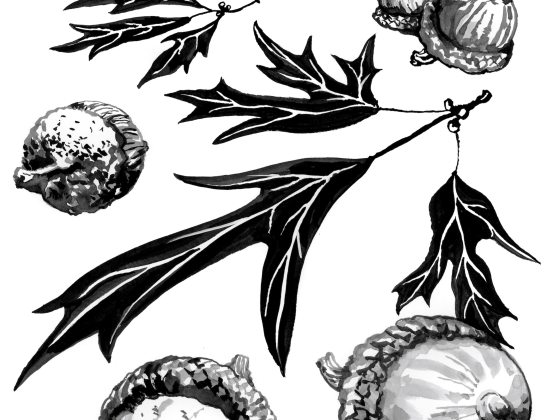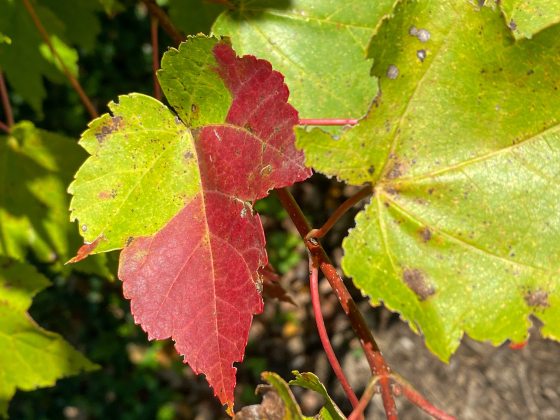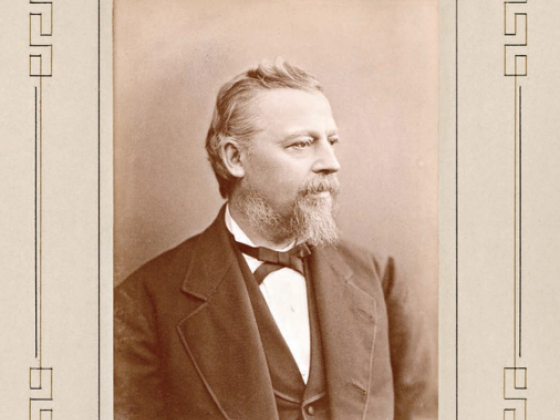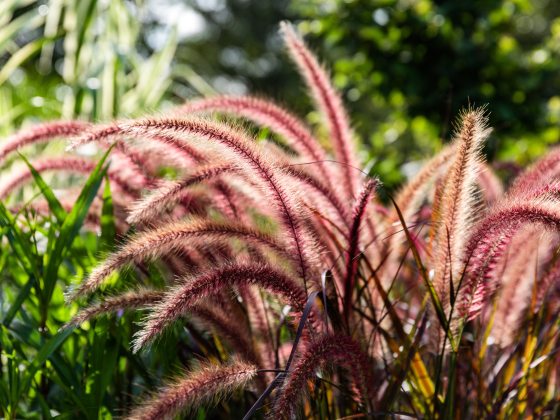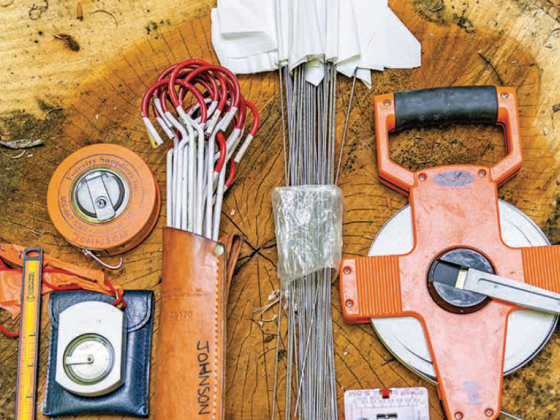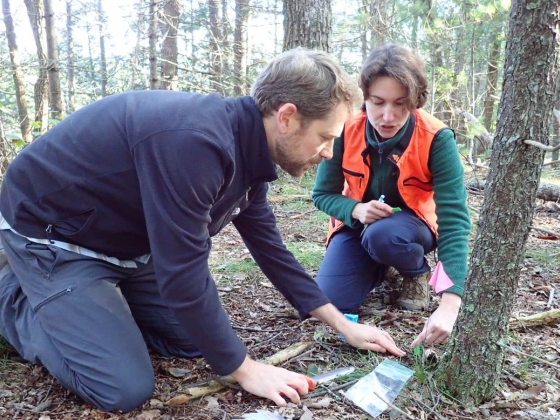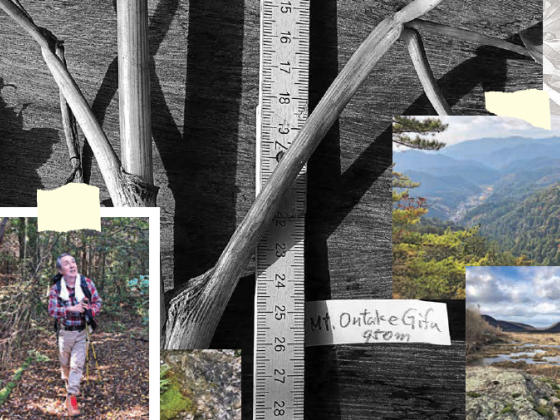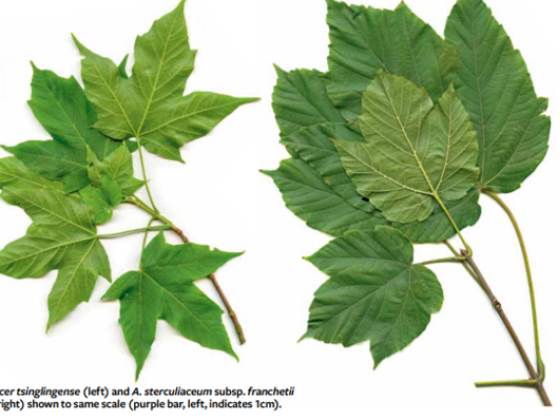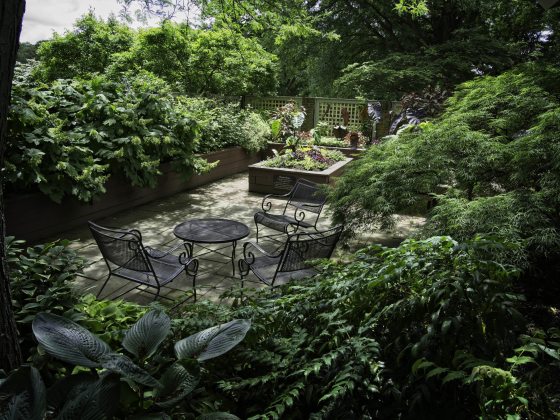Our scientists are focused on celebrating and conserving plants from around the world.
They work to improve plant characteristics through breeding efforts and cultural techniques, enhance the sustainability of our horticulture processes, and innovate experimental land stewardship practices to conserve and cultivate native biodiversity. The impact of their work can be seen not only in our Gardens, but our global garden as well. They share their passion, knowledge, and expertise with audiences from around the world through research publications, trade journals, and magazines. Explore our most recent contributions below.
